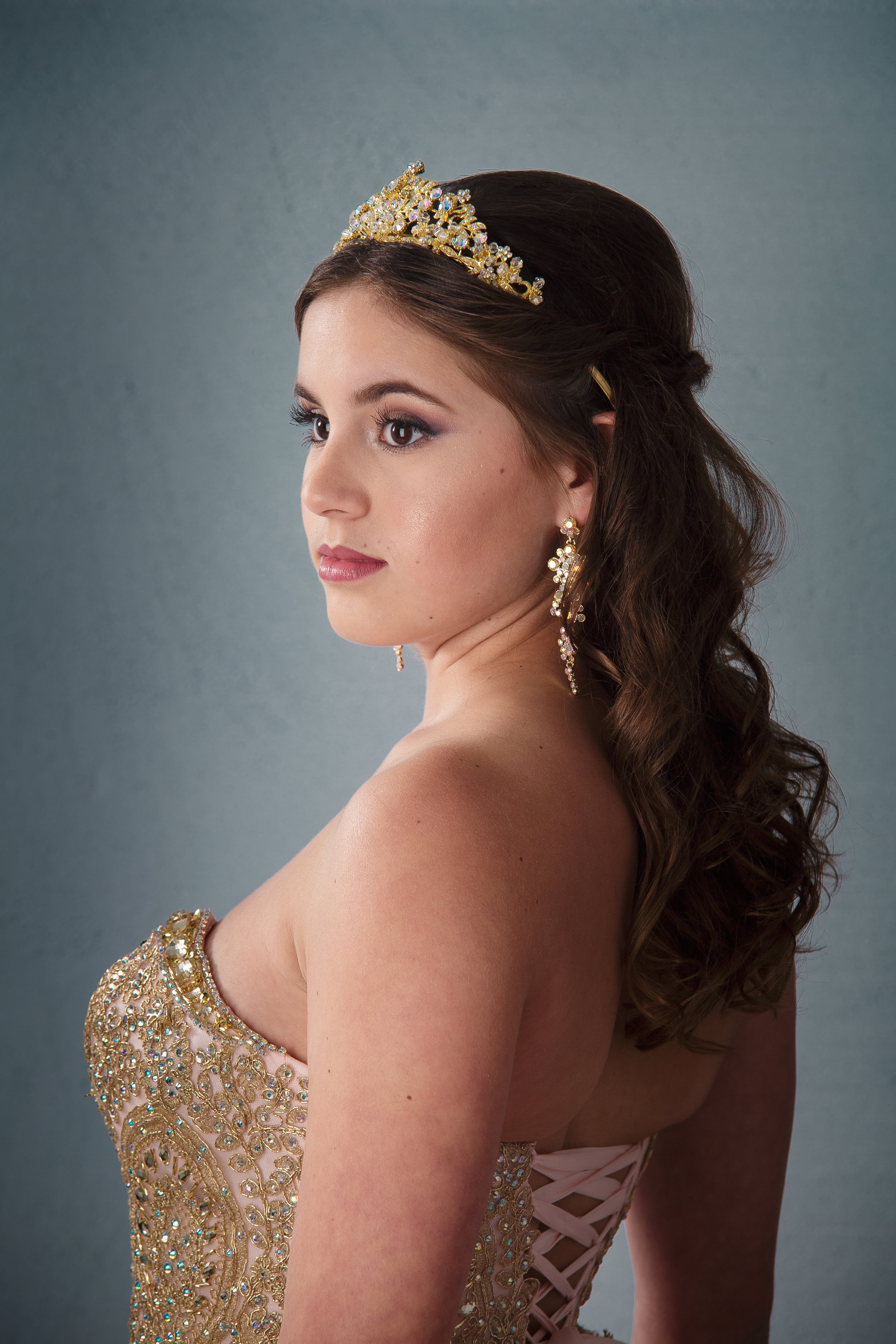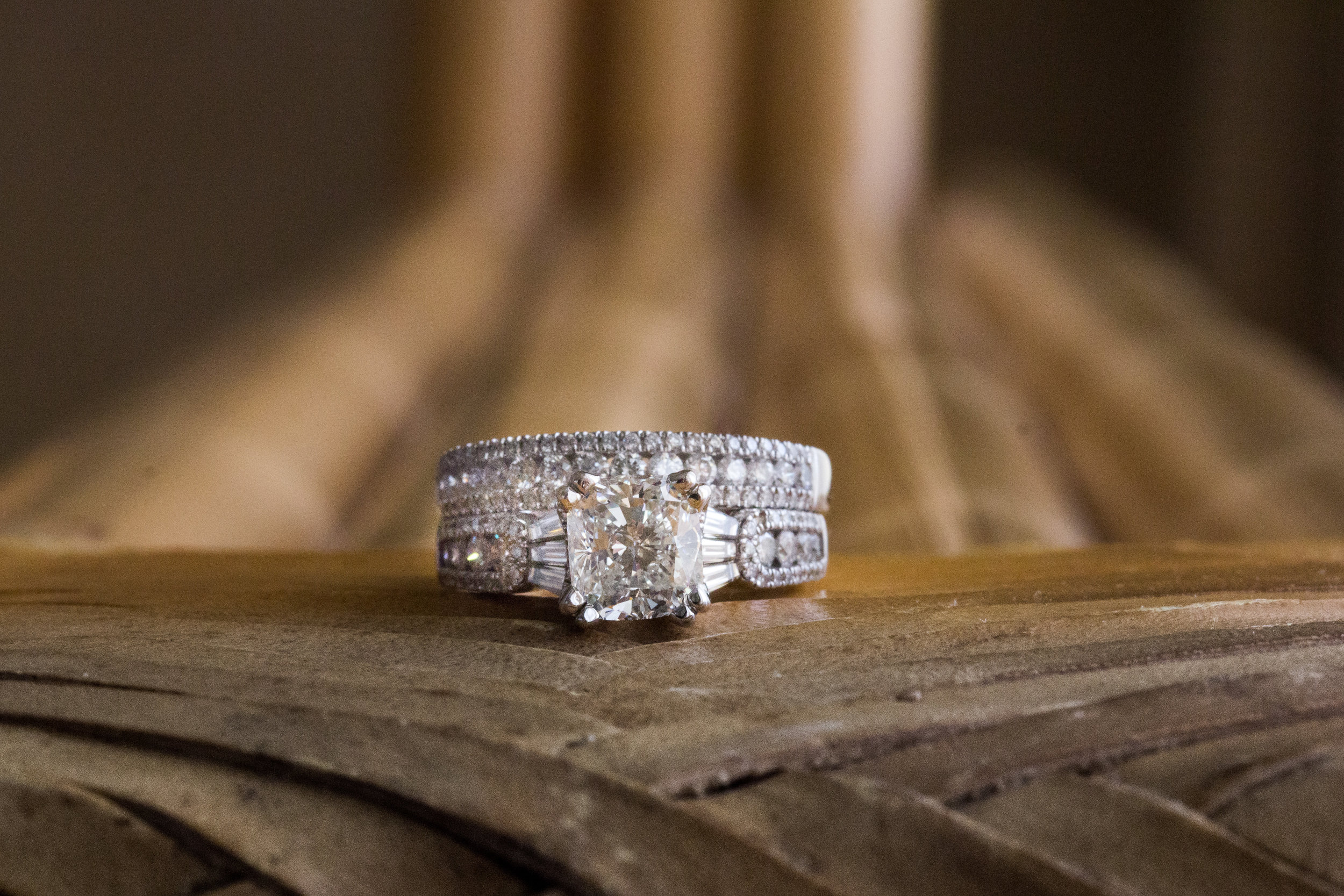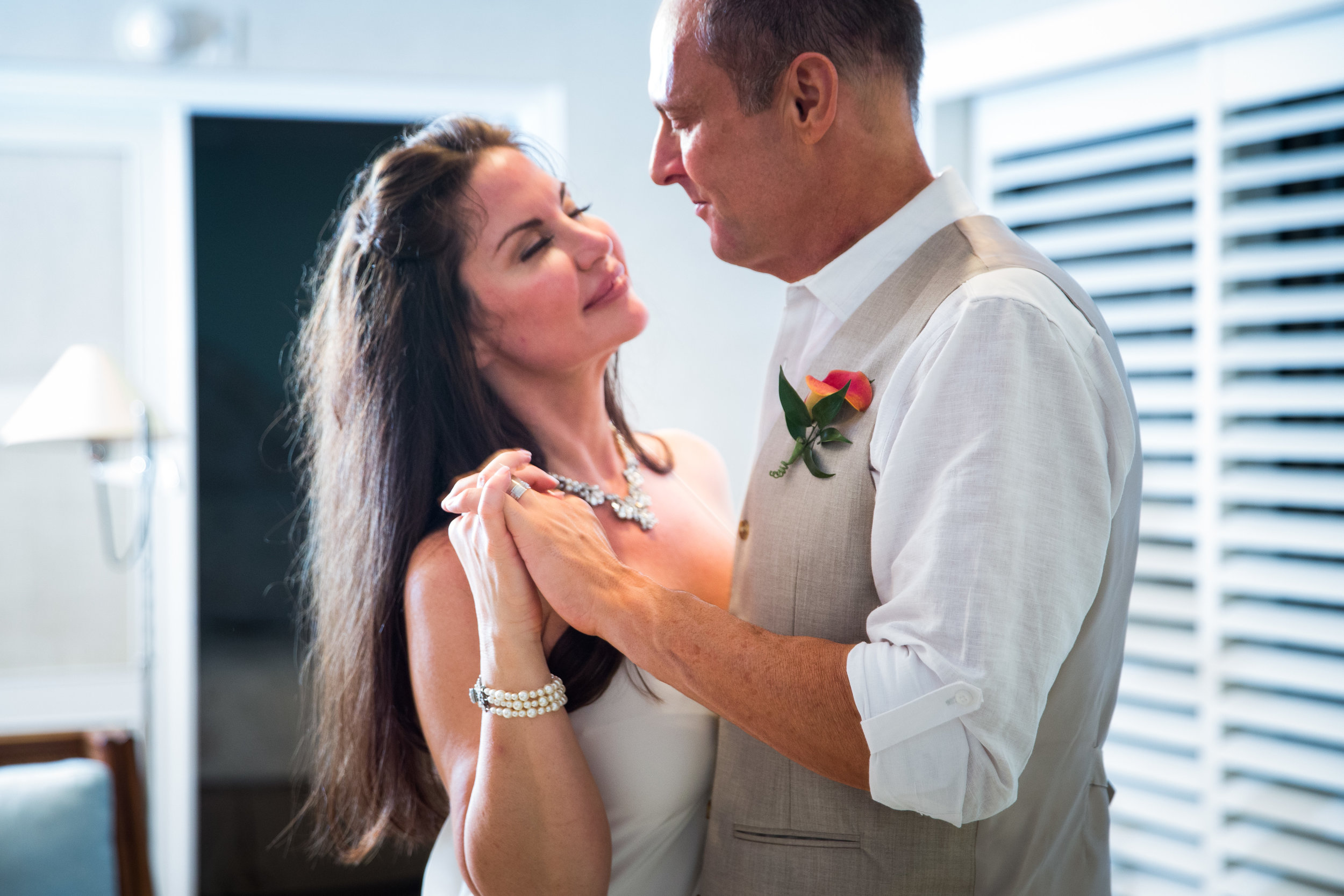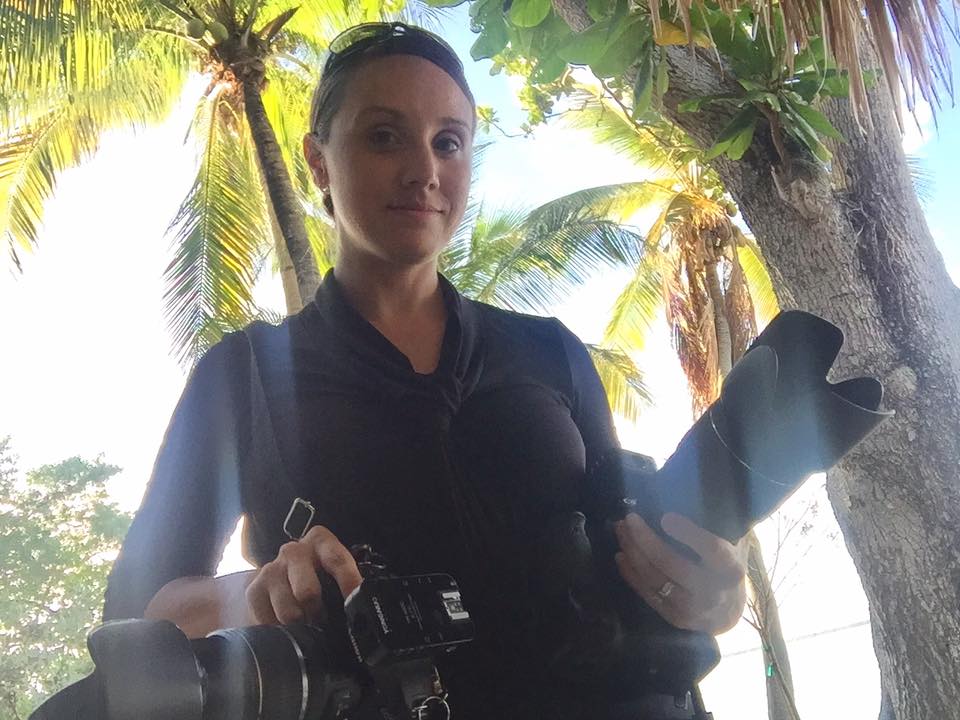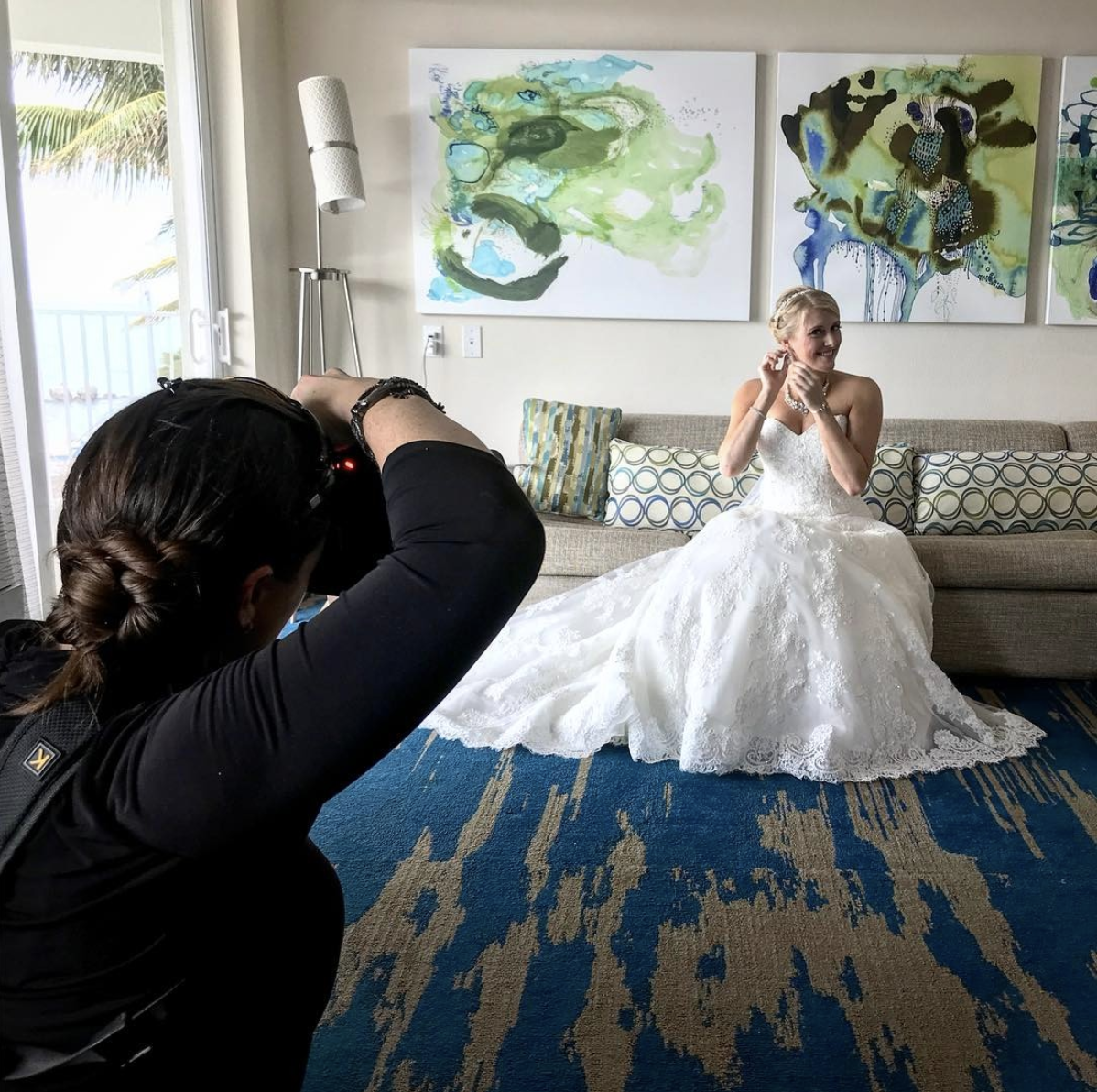The Many Specialties of Professional Photographers
While “photographer” in general simply means “someone who creates art with light”, there are many specialties within the profession which set them apart. If someone tells you they’re a doctor, you might picture a white lab coat and hospital, but a brain surgeon’s job is much different than an anesthesiologist; a doctor who specializes in sports medicine has a very different day than someone who is a combat field medic.
© Roger Erdvig
The same concept applies to photographers…
Yes, they all use a camera to do their work, but that’s about where the similarities end.
A photojournalist covering stories for a local newspaper has a very different set of skills than someone who handles elementary school picture day, and you would never hire one to do the job of the other.
© Ramiz Dedakovic
©NeON Brand
Here are the primary specialties, keeping a few things in mind as you read:
A) Photographers often specialize in more than one genre
especially those that are result from a natural progression of the client’s life milestones (for example, High School Seniors later become Brides….Brides later become Mothers, so it’s no wonder that many Wedding Photographers also shoot Portraits).
B) Like any profession, there are exceptions to all of these things outlined below.
These are just broad sweeping generalizations about a very diverse occupation. The characteristics may not fit every single photographer you’ll ever meet in a particular genre. The goal here is not to pigeonhole, but to give you a rough baseline from which to start your research.
Portrait Photographer
Specializes in the capture of a person’s likeness, generally centered around the human face and upper body. This genre can be broken down even further, as many portrait photographers then further specialize in specific genders, age groups, or walks of life. The Portrait genre also includes sub-specialties such as Children, Women, Headshots, and Senior Portraits.
STRENGTHS
Above all…human connection.
Capturing images that have a strong focus on the foreground, with less focus on the background
Tend to be skilled with many types of lighting equipment and accessories; very astute at creating natural-looking effects with artificial lighting
Generally are quick to establish rapport and have an easy manner about them to make subjects feel comfortable
WEAKNESSES
Because portrait photographers are accustomed to having lots of control over their environment and are used to directing their subjects, they tend not to thrive in situations where they can do neither…for example, shooting a concert, documenting a parade, or covering a political rally, are not (generally) the types of situations that a portrait photographer would feel most comfortable.
Working Style / Manner
Portrait photographers are typically very deliberate and methodical in how they approach the creation of an image. They often set up and test the lighting before they place the subject, then once the client is in front of them, they will give direction, posing advice, move things around, make adjustments, and fire off a few test photos, before getting down to the business of actually capturing the portrait.
Who hires them?
While the subjects may vary from children to grandpa to the full Jones’ family, a Portrait Photographer’s primary client is generally the matriarch of the family. Mom or grandma is usually the person hiring and selecting the photos afterward.
The end product:
Something to be displayed in the home, generally on the wall.
With a portrait session, you’ll generally receive a small set of proofs that exhibit a variety of expressions in the same scene, and from there, you choose only a few of your absolute favorites that will adorn your home.
How they earn their living
Generally they shoot with just a basic up-front creative fee to cover their time to capture the photos and to pay their staff for editing. This alone is not sustainable, which is why they rely moreso on print sales.
Sale of wall art, framing, prints, albums, and other physical, tangible products. Some portrait photographers will also sell digital files, or (like me) include them at no charge with a print order, but digitals are not typically considered the “end product”.
Landscape / Nature Photographer
Specializes in the capture of the natural world, including plants, animals, and geography. They often travel much more than other types of photographers, and are often naturalists or have some interest in ecological systems, habitat preservation, or animal behavior.
© Landon Arnold
STRENGTHS:
In a word….Patience.
Capturing images that evoke feelings of wonder and awe, often with perspectives not often seen by the general public
Tend to be skilled with lenses that are far and away wider and longer than those used by most photographers, and have a knack for maximizing natural light and surroundings for the best photo
Generally are more solitary, quiet, and studious types of people, with an extreme patience and persistence not found in most photographers. Because their work requires so much in the way of logistics - gaining access to places most don’t go, requiring guides that most don’t hire - they are also very organized and good at managing detailed itineraries.
WEAKNESSES:
Because landscape photographers are used to the long lead times that it takes to plan, travel to, set up, wait, and capture an image, they are not generally well suited for fast paced events. Also, because their subjects don’t require any ego-soothing and who do whatever they want, they aren’t particularly astute at posing or reassuring a client that they look great.
Who hires them?
Landscape photographers might work for magazines, nature conservation groups, creative agencies, or travel groups. They also generally sell their work through stock photography sites.
© Alif Ngoylung
The end product:
Something that will (hopefully) be displayed on the cover of a magazine, as a mural in a hotel, or a digital file that will be licensed for a major campaign.
How they earn their living
Licensing fees. Because these types of photos are generally being used in a commercial context, landscape and nature photographers are generally paid by the use of the images they take, or by the copyright buyout of their photos by a major organization.
Photojournalist
Specializes in the capture of unscripted moments and documents events as they unfold, often for news outlets and coverage of events that is more editorial in nature. Photographers who cover Sports, Politics, War, and Concerts also fall under the Photojournalism category.
© Mika Baumeister
STRENGTHS
Often described as fearless, resourceful, and persistent.
Creating compelling images from what is there, with no interference or direction whatsoever.
Tend to be skilled at making a wide variety of images with very little equipment; they often must travel very light and may cover an entire day with just one camera and lens
Generally are very street-smart, spatially aware, and savvy with navigating nuanced conversation, picking up on ways to be in the thick of the action before anyone else, to gain entry or access into a setting so that they can document it with as little interference as possible
WEAKNESSES
Because photojournalists are accustomed to shooting things as they occur, they are generally less comfortable with directing scenes, are not usually worried about flattering poses or distractions in the background
Working Style / Manner
Photojournalists are not there to paint a pretty picture, they are there to tell the story as it happens. They generally think, move, and work fast. They’re quick on their feet and get in to get the shots they need and then get out.
Who hires them?
They are generally hired by news outlets, both web and print, but may also work for government organizations, travel organizations, event planners, public relations firms, community organizers, politicians, and municipalities.
© Jakob Owens
The end product:
Something that will accompany a news article, blog post, or social media story.
Photojournalistic photographers generally submit a series of photos from a particular story that show the scene from a variety of angles.
How they earn their living
Per Image, or Per Assignment.
Photojournalists sell their images to news outlets and publishers around the world, and those publications gain access to use the image to illustrate a story for a specific fee.
Commercial Photographers
Specializes in the capture of products and inanimate objects, making everyday items appear very enticing and appealing. This genre also includes Architectural, Industrial, and Fashion Photographers (though Fashion obviously incorporates the element of posing and human direction)
© Matthew Schwartz
STRENGTHS
Commercial photographers are very tactical.
Masters of props, light, backgrounds, faux finishes, and making the most everyday items look exquisite and delicious
Tend to be very good with difficult and complex lighting setups, using many combinations of snoots and grids and softboxes (lighting accessories) to get just the perfect amount of illumination on every facet of a diamond
Generally are very creative and MacGyver-ish, able to think outside the box and come up with completely original themes and colors and concepts on the fly.
WEAKNESSES
Because commercial photographers generally work with inanimate objects, they may not be as inclined to posing and human direction, and because they generally have more freedom of time to create the images they want, they might be less inclined to a shoot where things run very fast paced.a
Working Style / Manner
They are also very systematic since they often have to shoot many similar items in a single campaign and must do it efficiently. They run their set like directors, and oversee everything from the styling to the lighting to the camera gear to the editing suite
Who hires them?
Commercial photographers are generally hired by Ad Agencies, but may also be booked by private companies, individual business owners, trade magazines, manufacturers, and organizations.
The end product:
Static/still images of products that will accompany a news article, blog post, or social media story.
Generally sent as digital files that are then turned into various printed formats (billboards, magazine ads, product catalogs, etc)
How they earn their living
Per Day + Royalties on their images used
Commercial photographers generally shoot half and full day shoots, and charge a flat creative fee that covers their time and expertise. The client may include a pre-set number of desired images in the bid, with an intended end-use. If that use changes or is expanded, or additional images are desired from the shoot, the agency will compensate the photographer for those additional files and uses (for example, the original intention was for 1 close up product shot and 3 smaller detail shots to be used for 1 year in a magazine campaign…later if they decide to increase the distribution from 10,000 to 100,000, or the size of the ad from half page to full page, the photographer would earn additional revenue from those changes.
Wedding / Event Photographers
And finally we get to the type of photographer that most people are familiar with: those pros who shoot weddings and special events. If you’re wondering why I saved this group for last, you’ll be surprised to learn that
the genre of wedding photography actually requires the skills of ALL the other specialties combined.
A wedding photographer must be able to:
connect with people like a portrait photographer,
style small objects like a product photographer,
work fast with little interference like a photojournalist
Not to mention they must be able to set up wide expansive shots like a landscape photographer, get kids to trust and smile for them like a Children’s photographer, be professional and systematic like a Commercial photographer, and have the lightning reflexes of a Sports photographer.
STRENGTHS
Wedding photographers are the swans of the industry, able to maintain a smooth and steady persona, even if there is a lot going on under the surface. They handle stressful situations better than any other type of photographer.
The best wedding photographers come from a varied photographic background, and are the “Jill of All (Photo) Trades”, able to capture your diamond ring with the precision of a commercial jewelry photographer, then turn around and grab a candid moment of your grandfather just like a photojournalist, all without batting an eye.
With incredibly diverse and wide-ranging in skill sets, there is basically NO creative, lighting, or logistical challenge that the top wedding photographers cannot handle
Good with a wide range of people, and can often easily switch between connecting with boisterous energetic bridal party members, to stoic, serious dads who are just ready to get to dinner.
They are the chameleons of the industry, able to blend in to the wall during an intimate moment, then take charge and get everyone where they need to go the next.
WEAKNESSES
Because wedding photographers are generally accustomed to having some level of input over how the day flows and directing clients when necessary, they don’t - as a general rule - often love assignments where they have little creative input. It’s unusual to find a wedding photographer who also actively seeks out, for example, nightlife or concert photography.
Working Style / Manner
They are the masters of scheduling and timelines, able to document a very complex day with lots of players and important moments by simply being in the right place at the right time.
Who hires them?
The primary client of a wedding photographer is an engaged couple and/or their family member(s), but wedding photographers shoot more than just weddings, so things like Bat Mitzvah’s, Quinceneara’s, Family Reunions, Vow Renewals, and even Corporate Events fall under their realm of expertise.
The end product:
A large collection of digital images that document the full story of the day, plus “storytelling-type” products such as albums, slideshows, and printed proof sets.
How they earn their living
Billable hours. Wedding photographers’ rates are generally based on how long they are at your wedding. Some wedding photographers offer day rates at a reduced hourly fee, but the premise is till time-based.
And printed products such as wall art and wedding albums. Digital sales also include things like slideshows and custom USB drives.
© Timothy Perry
So, whether you’re in need of a photographer and don’t know what kind of professional to hire, or you are an aspiring photographer yourself and aren’t sure yet which specialty you’d like to pursue, I hope this was helpful!
Are there any genres that I missed that you’d like to know more about? Leave me a Comment below!
Karrie Porter is a Destination Wedding and Portrait Photographer based in Key West, Florida. Shooting professionally since 2001, she brings her experience to clients and other photographers, serving up creativity and education with her signature style and energetic personality. For More Info, Meet Karrie and Team



